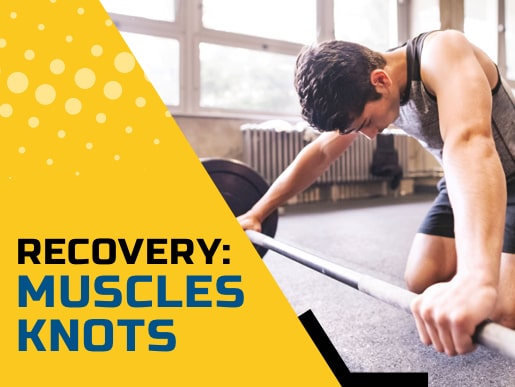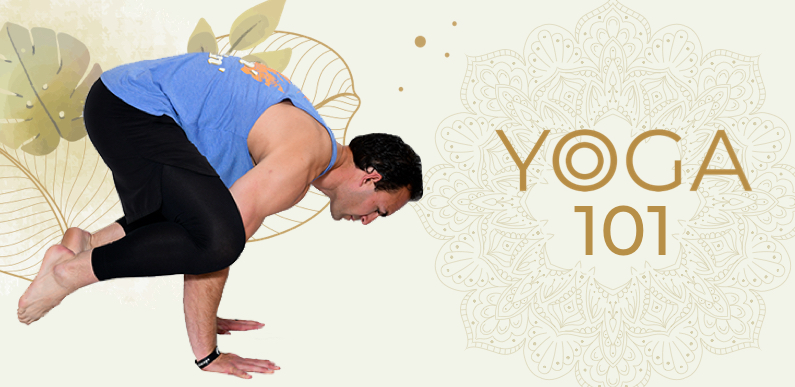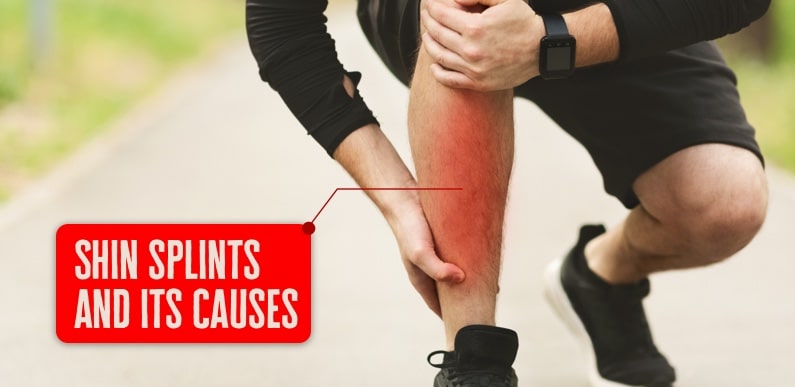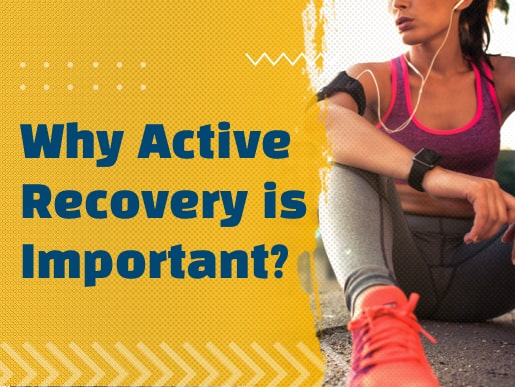Muscle knots are most often caused by:
- Muscle weakness
- Sedentary lifestyle/Lack of activity
- Poor posture
Other contributing factors include stress/anxiety, unhealthy eating habits, and dehydration.


In this blog, we will discuss these three common causes in more detail:
Muscle-up
Who among us couldn’t use a little more core strengthening? Weaker muscles are more susceptible to getting “stuck” in a painful, shortened position than strong, healthy muscles.
This makes weak muscles prone to developing knots, especially when combined with poor posture and a sedentary lifestyle.
Let’s get moving
When you get adequate, regular activity, your muscles contract and relax. When we are sedentary, and our muscles don’t contract and relax regularly, this can predispose us to develop irregular muscle knots that often happen with a sedentary lifestyle or lack of activity.
Keep up with pose practice
Let’s face it – we spend a lot of time sitting and, therefore, poor posture.
Bending 90 degrees at our hips and then staying there for an extended time can cause an adaptive shortening of our hip flexors which, when we stand up, cause excessive strain on our lower backs. This can then become a source of muscle tightness and knots in our lower back.
How to release muscle knots?
Keep in mind that treating your muscle knots can take some time.
You didn’t develop them overnight; chances are they’re not going to go away.
To treat your muscle knots, you’ll need to focus on “breaking up” the knotted tissue and calming down the inflamed nerves.
1. Heat up your body:
Applying heat to an area causes capillaries to dilate, thereby promoting more blood flow into that area. Increasing blood flow to knotted muscle fibers can be an effective means of getting knots to release.
2. Stretch more to stress less:
As mentioned previously, muscle knots are areas of the muscle that fail to fully relax/elongate. Stretching the muscles in which these knots lie is an effective way to stretch out the knot, decrease tension, and decrease your pain.
3. Keep your workouts consistent
The stronger your back, the decreased pain you’ll have overall.
Period.
Strengthening the muscles in your back will help eliminate the muscle knots you have and keep them from returning through regularly exercising. Bridges and cat/cow are go-to exercises for lower back muscle knots.
4. Release the trigger
Try practicing the Trigger Point Therapy will help the strain in the muscles.
Muscle knots (or trigger points) respond well to “trigger point therapy” or a “trigger point release.” This means you apply pressure to the area of tight muscle fibers and then sustain that pressure until the knot “releases” or the fibers reset.
Check out the link for more recovery blogs: https://fns360.live/category/movement-and-recovery/.
You can also check out more such recovery videos FNS Yoga & Mobility Recovery Session






